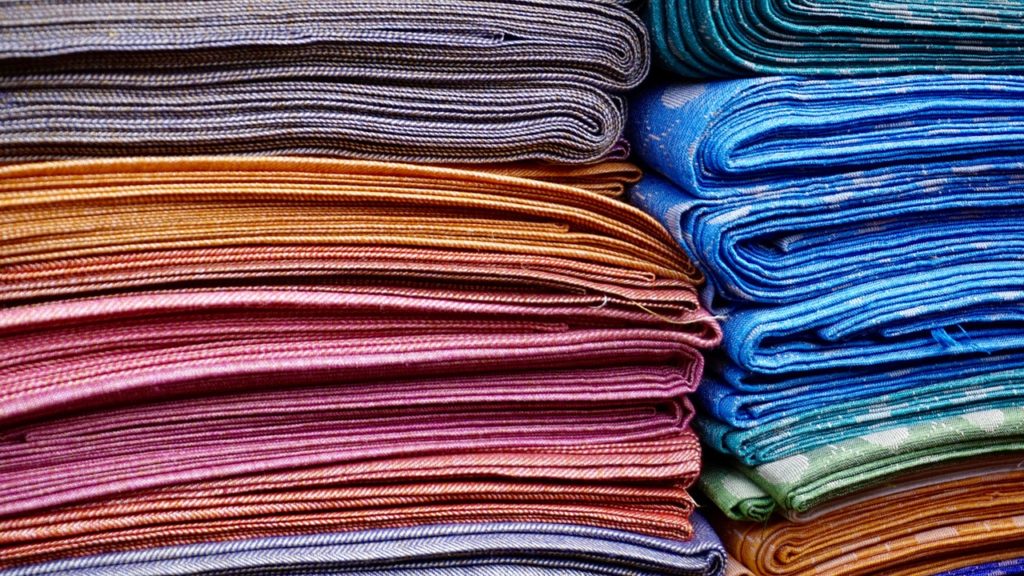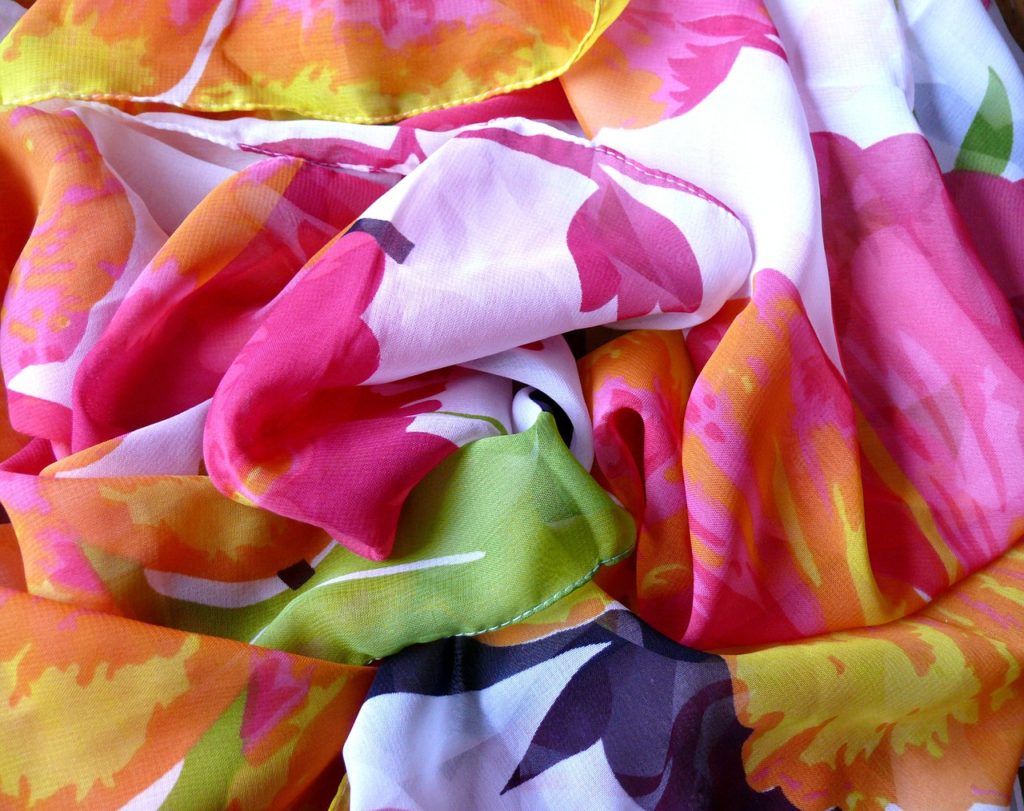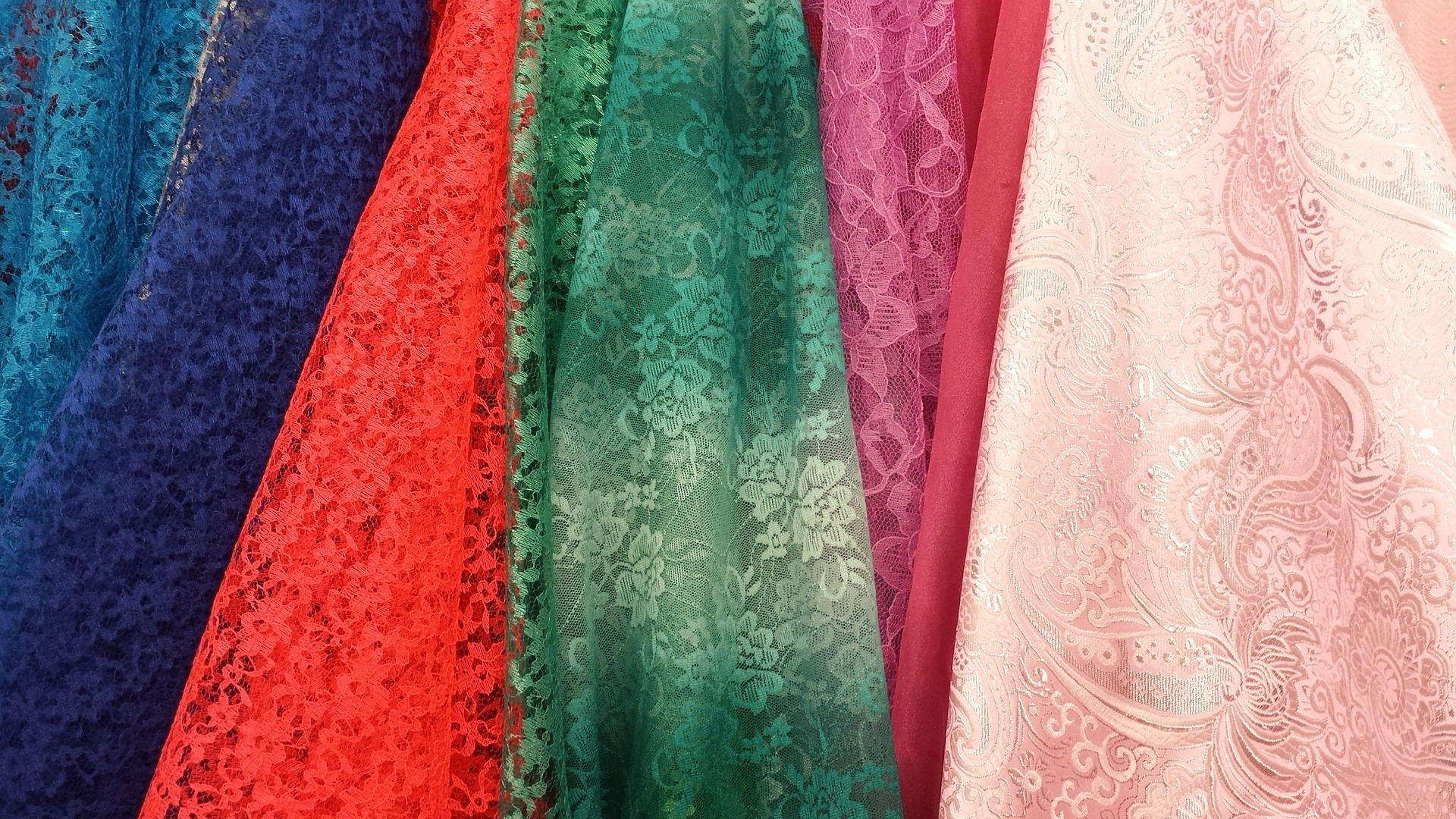The production of beautiful and unique silk textiles is one of the most important traditional arts of Uzbekistan and a distinctive element of the country’s rich cultural heritage. Read on for seven colorful facts about Uzbek silk.
-
Uzbekistan was one of the most important stops on the Silk Road.
The history of silk and silk arts in Uzbekistan stretches back nearly two thousand years. In the years 100 to 200 AD, samples of Chinese silk began to appear in what is now Uzbekistan. By the years 500 to 600 AD, the region was producing its own silk fabrics. It was at this point in history that caravan trade along what is known as the Silk Road began to flourish, with merchants and traders traveling back and forth between Turkey and China. Given its central position connecting East and West, as well as its wealth of fertile land ideal for silk production, Uzbekistan quickly became one of the most important stops along the Silk Road trade route; the Uzbek cities of Samarkand, Bukhara, and Fergana in particular were key centers of silk manufacturing and trading.
-
Two traditional textiles made with silk are the suzani and the ikat.
Uzbek artisans use silk to create a number of distinctive national textiles. One beautiful example is the suzani, a fabric embroidered with silk threads (“suzani” is a Farsi word meaning “embroidery”). Traditionally, whenever a daughter is born into a family, embroidery of a suzani begins in preparation for her eventual marriage; when she does marry, the suzani is given as a gift for the marital bed. While different regions use different techniques and motifs for the suzani, the pomegranate is a widely-used symbol as it represents fertility, abundance, and prosperity: all qualities that families wish for a newly-wed couple.
Another very popular traditional textile is the ikat, a fabric woven with hand-spun silk yarn. Originating from an Indonesian word meaning “cord, thread, or knot,” ikat weaving uses a distinctive technique in which the warp threads (those that run vertically on a loom) are bound and dyed by hand—quite literally “tie-dyed”—before being woven with the weft (horizontal) threads to produce a variegated, soft-edged pattern.

-
Ikat weaving is also practiced in other parts of the world.
Interestingly, ikat dyeing and weaving is not unique to Uzbekistan; it is a technique that developed independently over the last millennium in many other regions around the globe, including Japan, Yemen, Central America, and South Asia. Today, many different cultures still practice ikat weaving, with each group bringing a specific focus to its technique: for example, some ikats emphasize very precise patterning, while others, like Uzbek ikat, achieve a more hazy and cloud-like effect.
-
There are some interesting legends connected with the origins of Uzbek ikat.
Another term for ikat used in Uzbekistan is “abr” (a Farsi word meaning “cloud”), which is a clear reference to the cloud-like patterns that are the hallmark of Uzbek ikat. Several intriguing legends exist to explain not only why this term is used, but also why traditional Uzbek ikat patterns are so hazy and cloud-like in the first place. One story tells of a weaver sitting by a stream who was so inspired by the reflection of clouds floating on the water that he began to create similar drawings on his fabric, which he later named “abr.” A similar story has the weaver spilling an oil lamp into a pond, and drawing inspiration from the colorful and soft-edged circular patterns made by the oil mixing with the water.
-
Artisanal silk work is enjoying a resurgence following the Soviet era.
During the years of Soviet rule, regional arts and crafts in Uzbekistan, as in other republics, were largely suppressed, and silk manufacture in the country shifted from the traditional structure of workshops with master artisans and apprentices to a factory production model with standardized patterns. However, in the years since the dissolution of the Soviet Union, more and more families and regions are reviving traditional ikat and other silk production methods, and the old customs around this art form are enjoying a remarkable resurgence.

-
Uzbek silk is taking the contemporary fashion world by storm.
Uzbek silk arts may be a traditional form with deep historical roots, but that doesn’t mean they don’t belong on the contemporary fashion scene. On the contrary, many of the biggest names in design, including Oscar de la Renta, are fans of Uzbek ikat and other traditional textiles, and ikat-inspired designs have been making a splash on the catwalk in recent years.
-
Traditional silk weaving is now included in UNESCO’s Register of Best Safeguarding Practices.
In December 2017, a number of traditional Uzbek silk manufacturing methods were added to the UNESCO Register of Best Safeguarding Practices. A tool of the UNESCO Convention for the Safeguarding of Intangible Cultural Heritage, the Register helps promote the exchange of knowledge, experience, and ideas for preserving and protecting cultural traditions among communities that are finding it challenging to hold on to their heritage.

Sorry, comments are closed for this post.